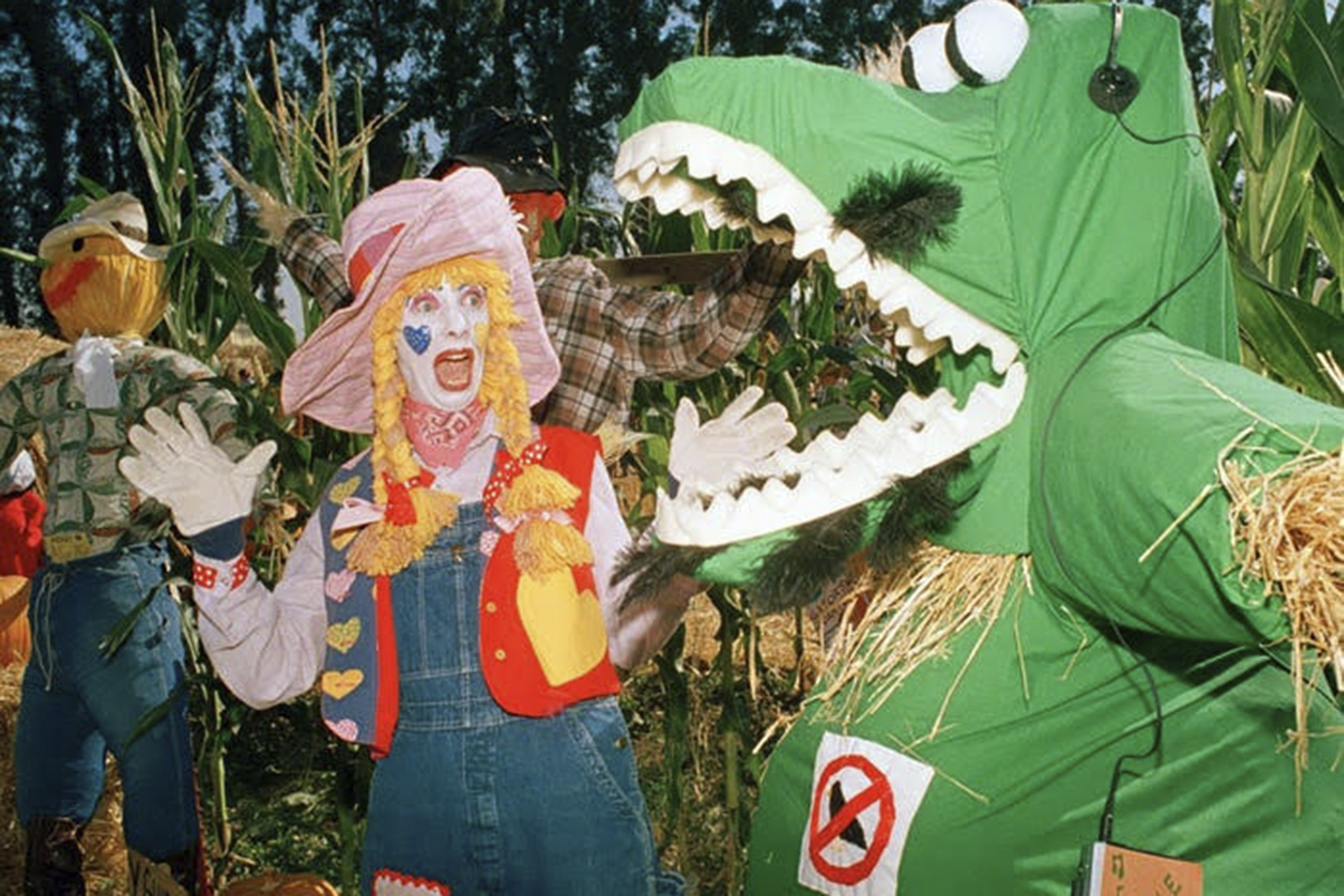
History carves out Halloween traditions
Halloween is the time of year that is filled with many tricks and treats.
The holiday originated from the Celtic festival of Samhain in which people would hold bonfires and dress in costumes to ward off spirits before All Saints Day celebrated November 1.
During the early twentieth century, folks started to dress in homemade costumes that were geared toward a more spooky theme.
The goal of these costumes was to conceal the wearer’s identity.
To complete their look, adults began wearing masks and applying makeup while children would use aprons and other homemade items to create their costume.
Costumes have since evolved to match popular culture.
Dressing up as a cat was popular in the 1920’s and as Disney rose in prominence, Minnie Mouse became the favored costume in the 1930’s.
When Western movies became popular during the 1950’s, many dressed up as cowboys.
A few decades later, costumes became more colorful and individualistic as people recreated characters from their favorite comics, shows, and movies.
Halloween is also a time known for pranks. One of the first pranks involved Jack-O-Lanterns, fashioning them in a way to scare people.
Flour throwing, soaping windows, and stealing neighbors fences have also been popular pranks.
When first celebrated, many also spent the holiday by throwing parties, which included pumpkin ring-toss and apple-bobbing.
It wasn’t until the American tradition of trading songs for treats that the popular trick-or-treating on Halloween evolved. The treats children received varied from coins to toys or fruits.
Halloween has grown from its early traditions and influence of pop-culture to become the holiday many know and love today.
